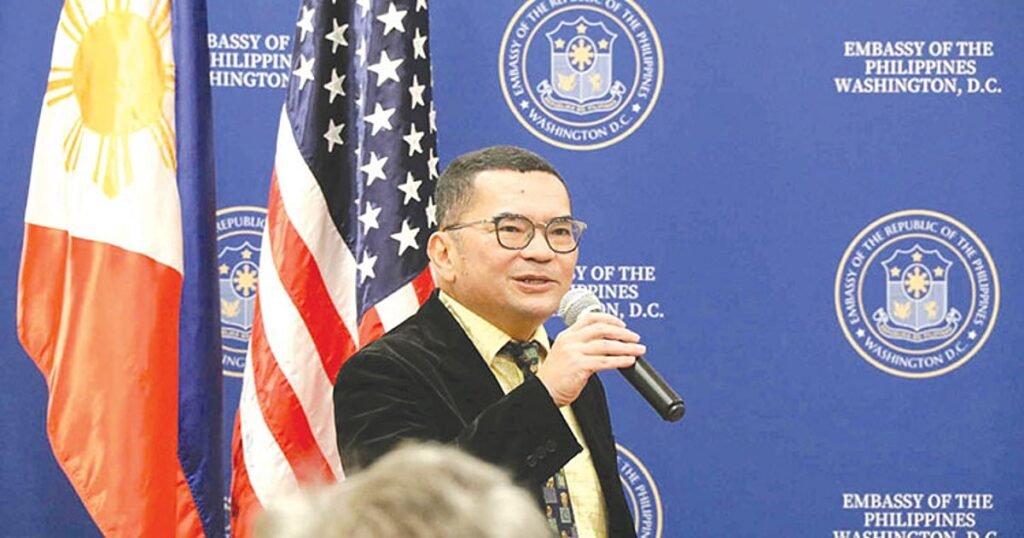THE Philippines’ Information Technology and Business Process Management (IT-BPM) industry continues to chart strong growth despite facing disruptions on multiple fronts, from low literacy and new US policy headwinds to the rapid rise of artificial intelligence (AI).
The country is projected to post five percent growth in 2025, maintaining its position as a global outsourcing leader. By 2026, revenues are expected to reach US$42 billion, with the industry directly employing 1.97 million Filipinos. This solid trajectory reinforces the Philippines’ reputation as a global services hub, even as the sector confronts structural challenges.
Literacy concerns weigh on talent supply
Education remains a critical pressure point. In the 2022 Program for International Student Assessment (Pisa), the country ranked 77th out of 81 economies, with Filipino students scoring below the global average in math, reading and science.
The Philippine Statistics Authority likewise found that one in five senior high school graduates struggles with reading comprehension.
Jack Madrid, president and chief executive officer (CEO) of the IT and Business Process Association of the Philippines (Ibpap), acknowledged that the industry is already feeling the impact of declining English proficiency.
“Our conversion rate out of 100 job seekers who are interviewed in our industry remains low. We’ve been communicating this concern with the Department of Education (DepEd) for years. There is no quick fix, but there are encouraging signs,” Madrid said.
He added that Ibpap, together with DepEd and industry partners, is currently training 270,000 learners across 10,000 public schools to help address the skills gap.
Policy headwinds from the US
Global policy shifts are reshaping the outsourcing landscape. US President Donald Trump recently signed an executive order imposing a $100,000 fee on new H-1B visa applications for skilled foreign workers, a move that could significantly raise costs for companies dependent on global talent.
According to Everest Group CEO Jimit Arora, the largest users of H-1B visas include Microsoft, Meta and Google, with Indian outsourcing firms also among the heaviest contributors.
Coupled with ongoing geopolitical conflicts and tariff tensions, these changes are prompting many of the world’s largest corporations to rethink their outsourcing strategies and build greater resilience into their talent portfolios.
“We have a lot of clients who are trying to figure out how to add more countries and Global Capability Centers (GCCs) to the mix. This creates more opportunities for the Philippines,” Arora said.
The Philippines now hosts 170 GCCs, making it the natural hub after India, particularly for companies diversifying across Asia-Pacific markets such as Japan, Australia, Taiwan and Singapore.
“What clients want post-Covid is resilience in their talent supply chains. They look at the talent, the cost and the quality, and it becomes easy to decide on more than one country. India and the Philippines emerge as the default,” Arora explained. “Where the Philippines gains a dominant edge is in supporting growth outside the US and Europe.
We expect a lot of GCCs to come here to serve the regional operations of global companies or Asia-headquartered firms. The Philippines has the potential to be number one in that space.”
Call centers under scrutiny
Proposed US legislation, including the Keep Call Centers in America Act of 2025, reflects a broader push to shift incentives back toward domestic employment. If enacted, the measure could limit access to US federal contract work and dampen demand for offshore call center services.
Arora acknowledged the risks but emphasized the broader implications: “This will impact not only the Philippines but also India. It will affect the earnings of US companies, with potential domino effects on the stock market and the wider economy. That’s why we’re already seeing significant lobbying from large US conglomerates that view the bill as harmful to business,” he said. “A lot still needs to be worked through for this proposal to advance, and at this stage, we expect strong resistance from US-based companies.”
AI: Risk or opportunity?
Beyond policy headwinds, artificial intelligence is reshaping the global services industry. While automation threatens routine voice-based jobs, Arora maintains it also highlights the Philippines’ competitive edge.
“AI may replace IQ, but it doesn’t replace EQ. One of the Philippines’ superpowers is empathy, especially in service roles. And because AI models sometimes hallucinate, more people actually prefer speaking to a human, which they see as a trusted channel,” Arora said.
Historically, India has been the hub for technology work, while the Philippines has built its strength in customer experience. With the rise of AI copilots simplifying training and onboarding worldwide, Arora sees new opportunities for the Philippines to move into more technology-driven roles, broadening its value proposition beyond voice services.
Looking ahead to 2028
Despite challenges, industry leaders remain optimistic. The IT-BPM 2028 Roadmap envisions the sector generating up to $59 billion in revenues and employing 2.5 million Filipinos within three years.
By strengthening literacy, scaling digital skills and embracing AI as a complement rather than a competitor, the Philippines is working to future-proof its workforce. Collaboration among government, academe and industry is seen as key.











